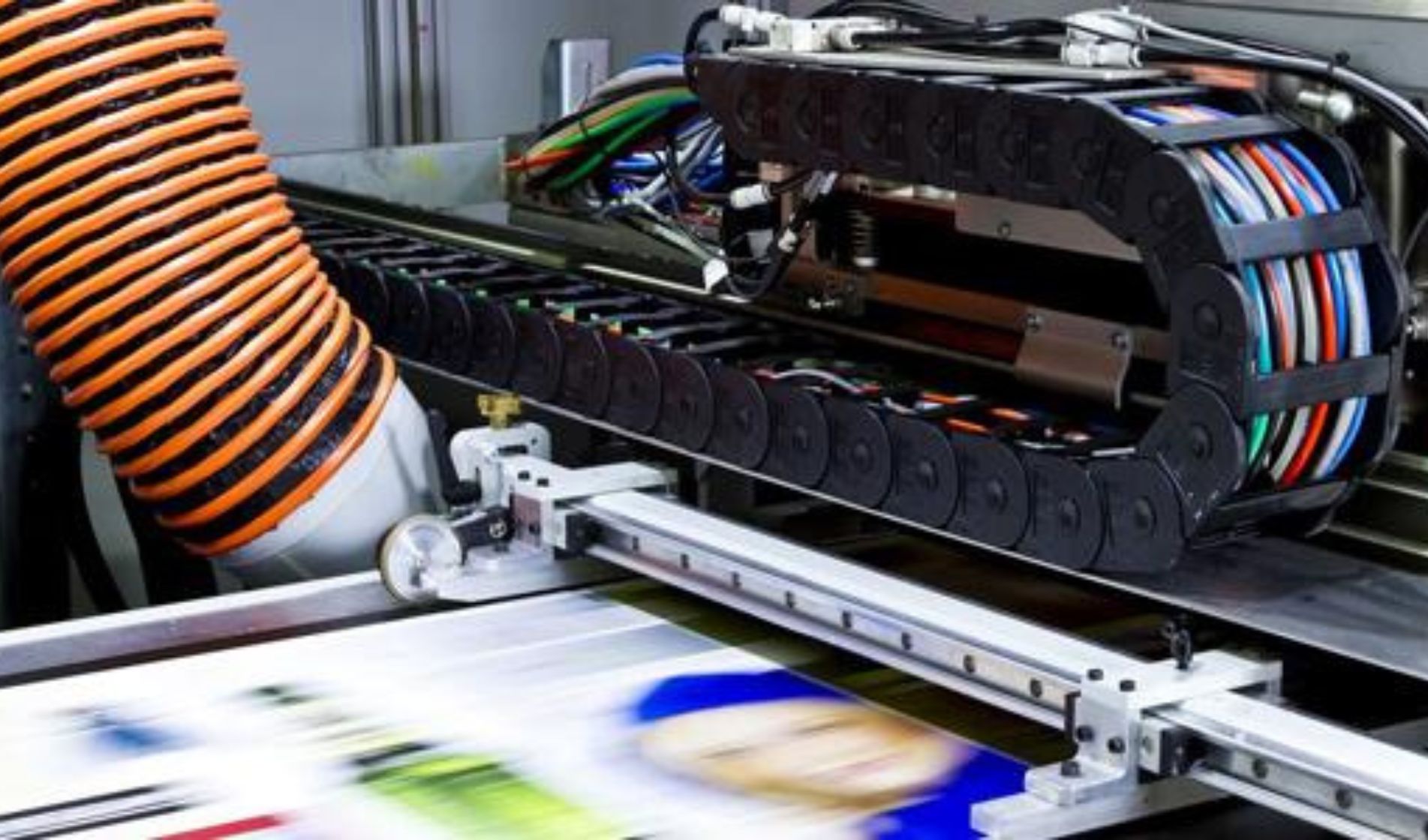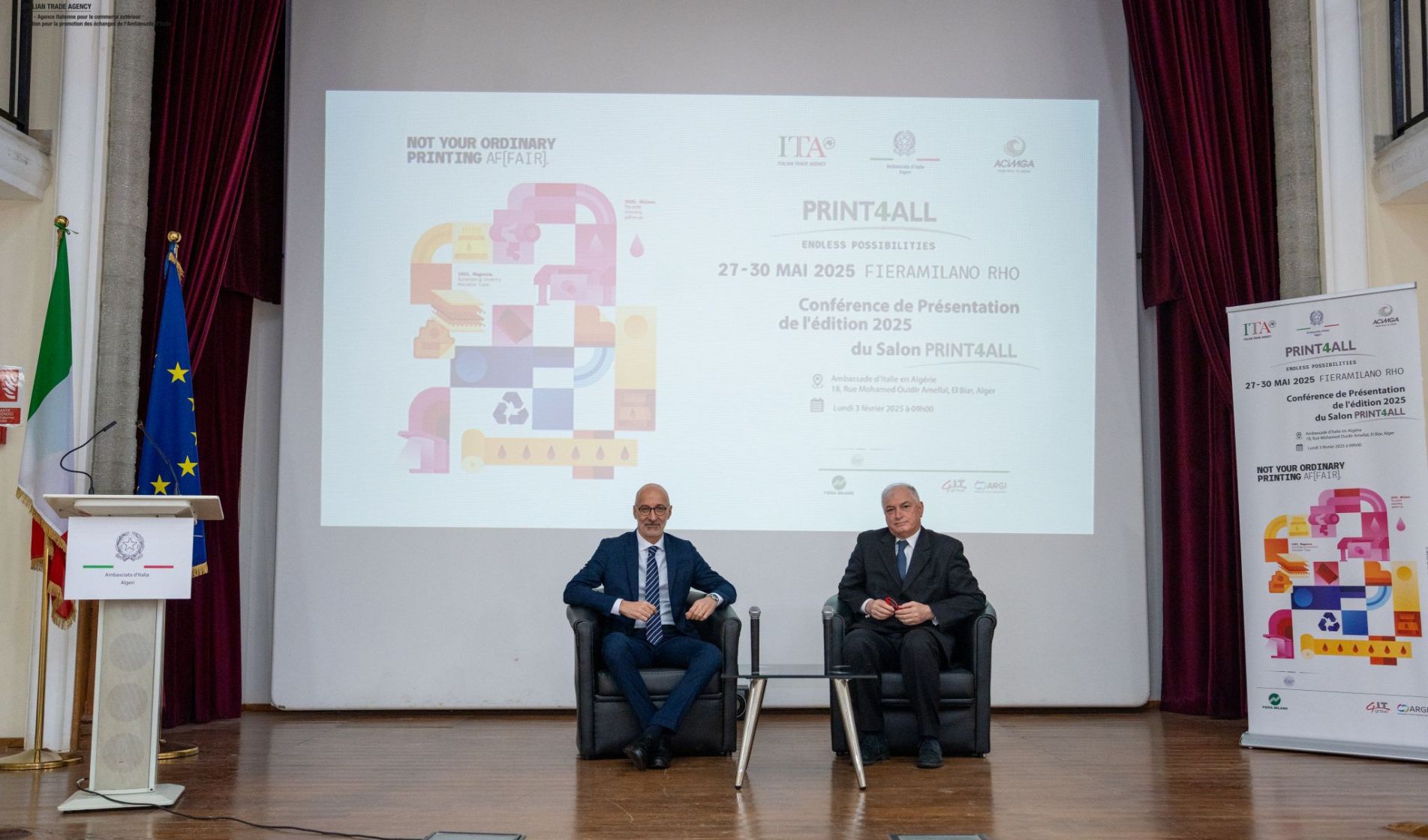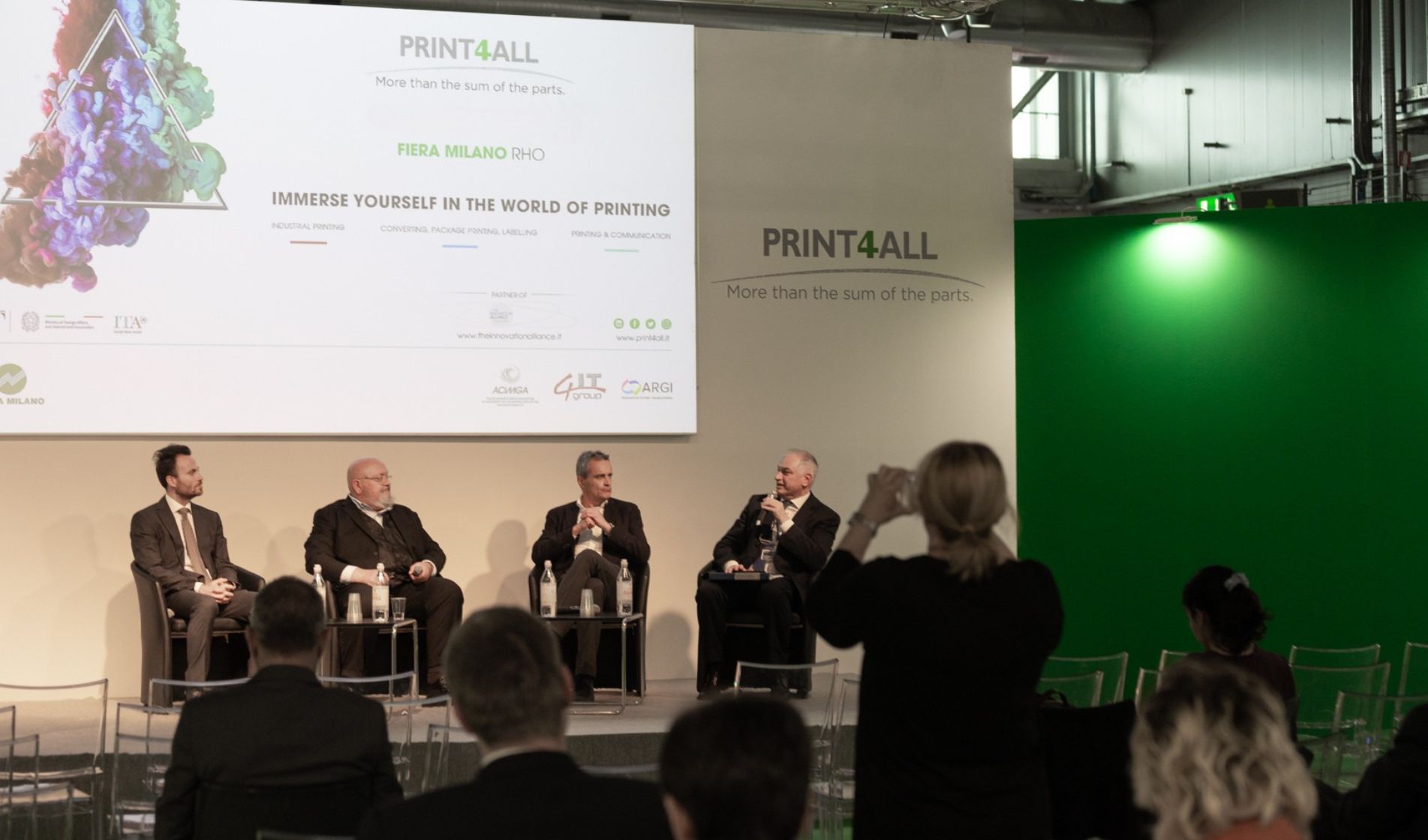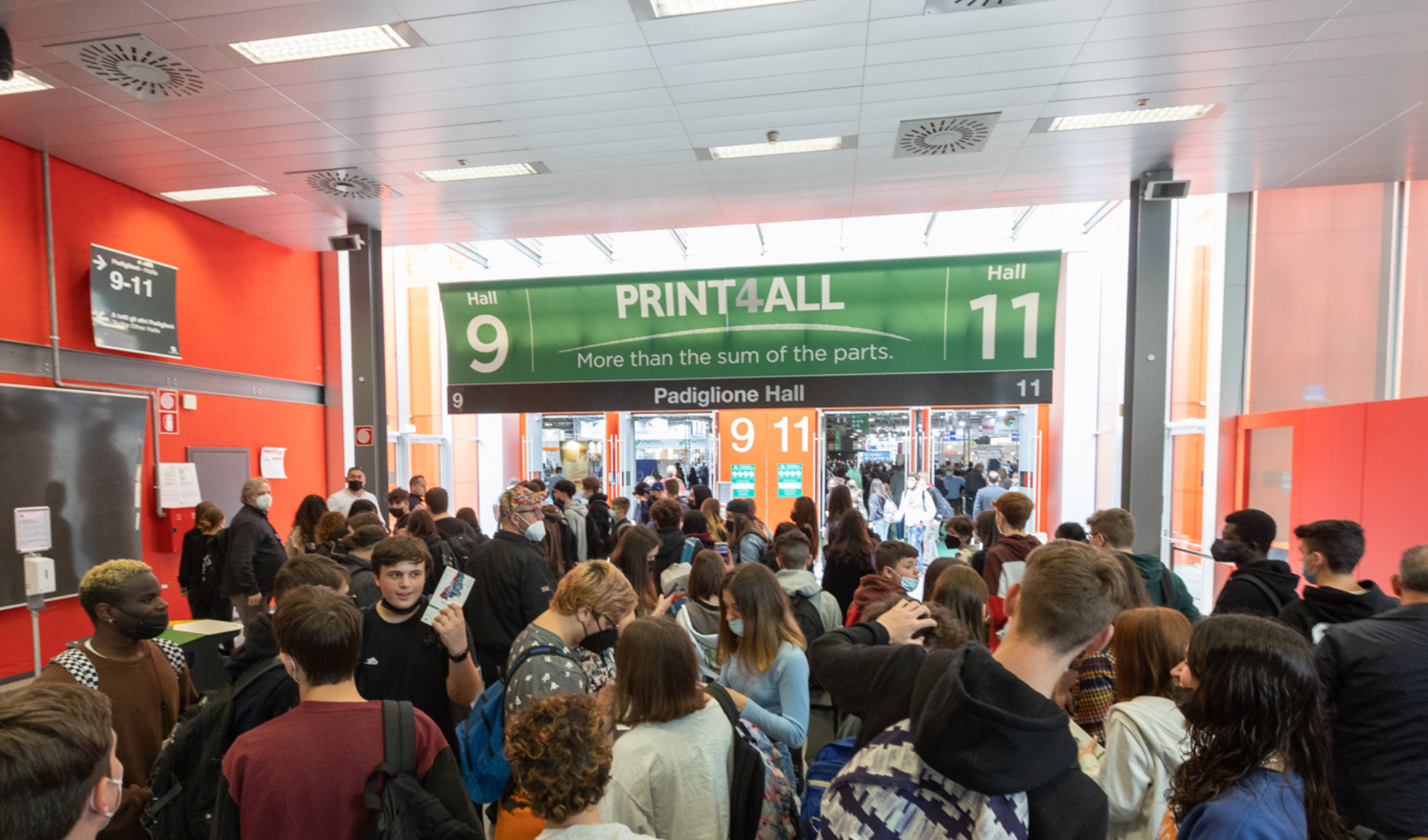The European label world has had quite a peculiar year. Coming into the first quarter from 2019, which was slightly down in sales compared to the previous year, the sector found itself facing the outbreak of the pandemic, decreasing sales even further. At the same time, an exponential increase in demand - particularly in the commercial (food, household and personal care products), medical and self-adhesive signage areas - led the entire continent to stock up on materials.
Warehouse and employment levels
According to data from Finat Radar, converters’ main concern in the first few months of the year was getting the raw materials needed to carry on working, and only 16% said they experienced no issues with this. The countries where this issue was least felt were the UK and Ireland, as the pandemic compounded the risks of Brexit. Central Europe, on the other hand, experienced the greatest problems. As a result of this race, in the second quarter of 2020 warehouses reached their highest stock levels in the last seven years. At the same time, employment levels didn’t experience any substantial changes. Only a small proportion of European converters had to reduce their number of employees while the majority didn’t reach that point.
Technologies and markets
The sector’s overall year-on-year profitability has increased, but with some stark differences between areas. Converters in Central and Southern Europe and the British Isles reported a rise in sales and profitability compared with 2018, while the Scandinavian region saw a year-on-year decline of 3.8% in both.
Despite these disparities, 20% of converters intend to buy at least one new machine. The main investment driver is an increased focus on companies’ core business, which is growing due to the pandemic. Plans to expand into new markets, particularly the linerless label market with significantly increasing appeal to converters, are in the background.






.jpg)
